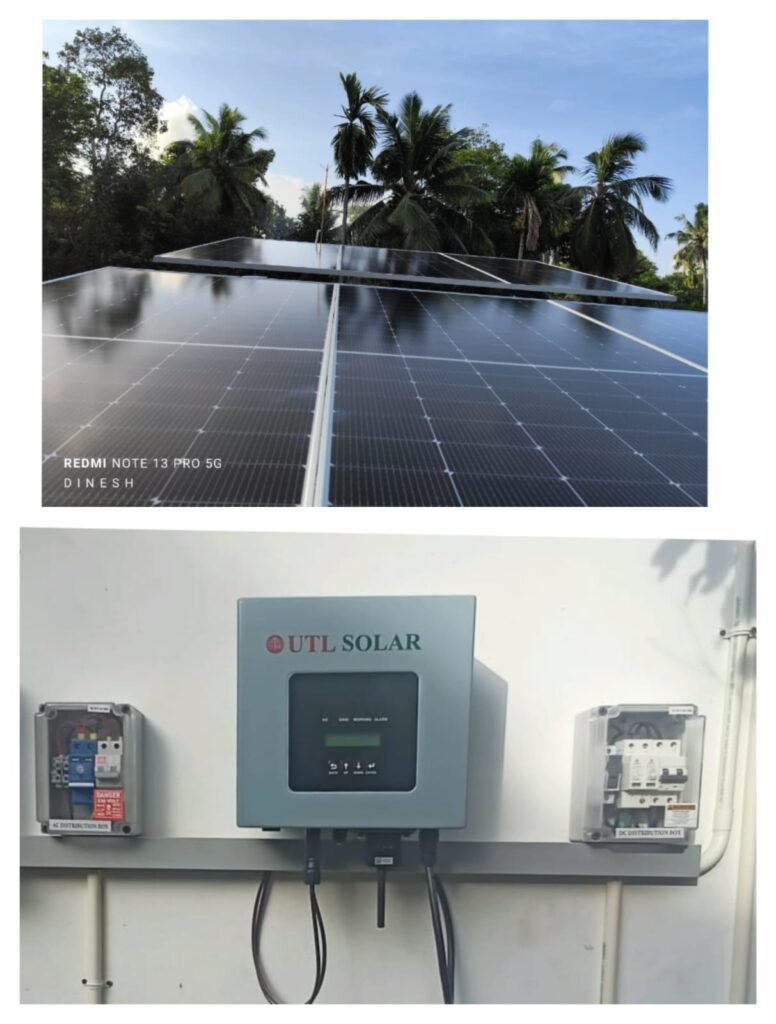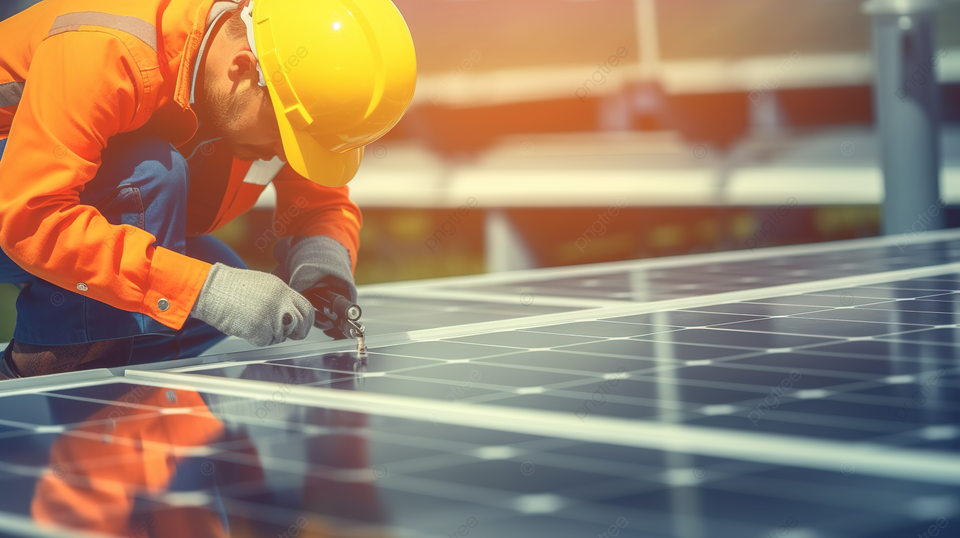
1. Evaluate Your Home’s Energy Needs
Assess your current energy usage: Review your utility bills to understand how much electricity you consume monthly and annually. This helps in determining the size and capacity of the solar system you’ll need.Set energy goals: Decide whether you want to fully offset your electricity usage or just reduce costs. This will influence the size of the solar array you install.
2. Evaluate Your Roof’s Condition and Orientation
Roof assessment: Solar panels need to be installed on a structurally sound roof. If your roof needs repairs, it’s best to address that before installation .Orientation and shading: Ensure that your roof gets adequate sunlight. South-facing roofs typically work best in the northern hemisphere, but east or west-facing roofs can still be effective. Remove any obstructions like trees or buildings that may cast shadows.
3. Research Local Solar Incentives and Regulations
Incentives and rebates: Many governments and utilities offer tax credits, rebates, or incentives to make solar more affordable. Check your eligibility and take advantage of these programs . Permits and regulations: Solar installation often requires permits. Your installer can help guide you through local regulations, but it’s good to be aware of zoning laws, building codes, and any community restrictions (like homeowners’ association rules).
4. Choose the Right Solar Panel System
- Types of panels: There are different types of solar panels, such as monocrystalline, polycrystalline, and thin-film. Monocrystalline panels are typically more efficient, but they may also be more expensive.
- Battery storage: Consider adding battery storage (e.g., Tesla Powerwall) if you want to store excess energy for use at night or during power outages. Research different battery options to see which suits your needs.
5. Hire a Professional Solar Installer
- Research installers: Choose a reputable solar installer with experience in your area. Look for PM Surya Ghar vendor
- Get multiple quotes: Solicit quotes from at least three installers to compare costs and services. Ensure the quotes include the entire scope of work—installation, permits, inspections, and warranties.
6.Prepare Your Home’s Electrical System
- Upgrade your electrical panel: If your home’s electrical system is outdated, you might need to upgrade your electrical panel to handle the additional power from the solar system. Your installer will assess this
- .Ensure proper wiring: Ensure your electrical system is up to code, as solar panels must be properly connected to the grid or battery storage.
7. Plan for Installation Day
- Clear access to installation site: On the day of installation, ensure there’s easy access to your roof for the installation crew and that your home is free of obstacles around electrical panels and the meter.
- Be prepared for some disruption: The installation process typically takes 1 to 3 days, depending on the system size and complexity. There may be some disruption during this time, but most of the work is done on the roof or outdoors.
8. Understand Maintenance and Monitoring
- Monitor system performance: Most solar systems come with monitoring software that allows you to track how much energy you’re producing. Stay on top of your system’s performance to ensure it’s working optimally.
- Routine maintenance: Solar panels require minimal maintenance, but they should be cleaned periodically to ensure maximum efficiency, especially if you live in a dusty or snow-prone area. Have a professional check for wear and tear every few years.
9. Review Financing Options
- Pay upfront or finance: Solar panels can be a significant investment, but there are multiple financing options, such as loans, leases, or power purchase agreements (PPAs). Compare the different options to find the most suitable for your financial situation.
- Calculate ROI: Consider the long-term savings and potential increase in property value when calculating your return on investment (ROI). Solar panels often pay for themselves in 7 to 10 years, with decades of savings after that.

